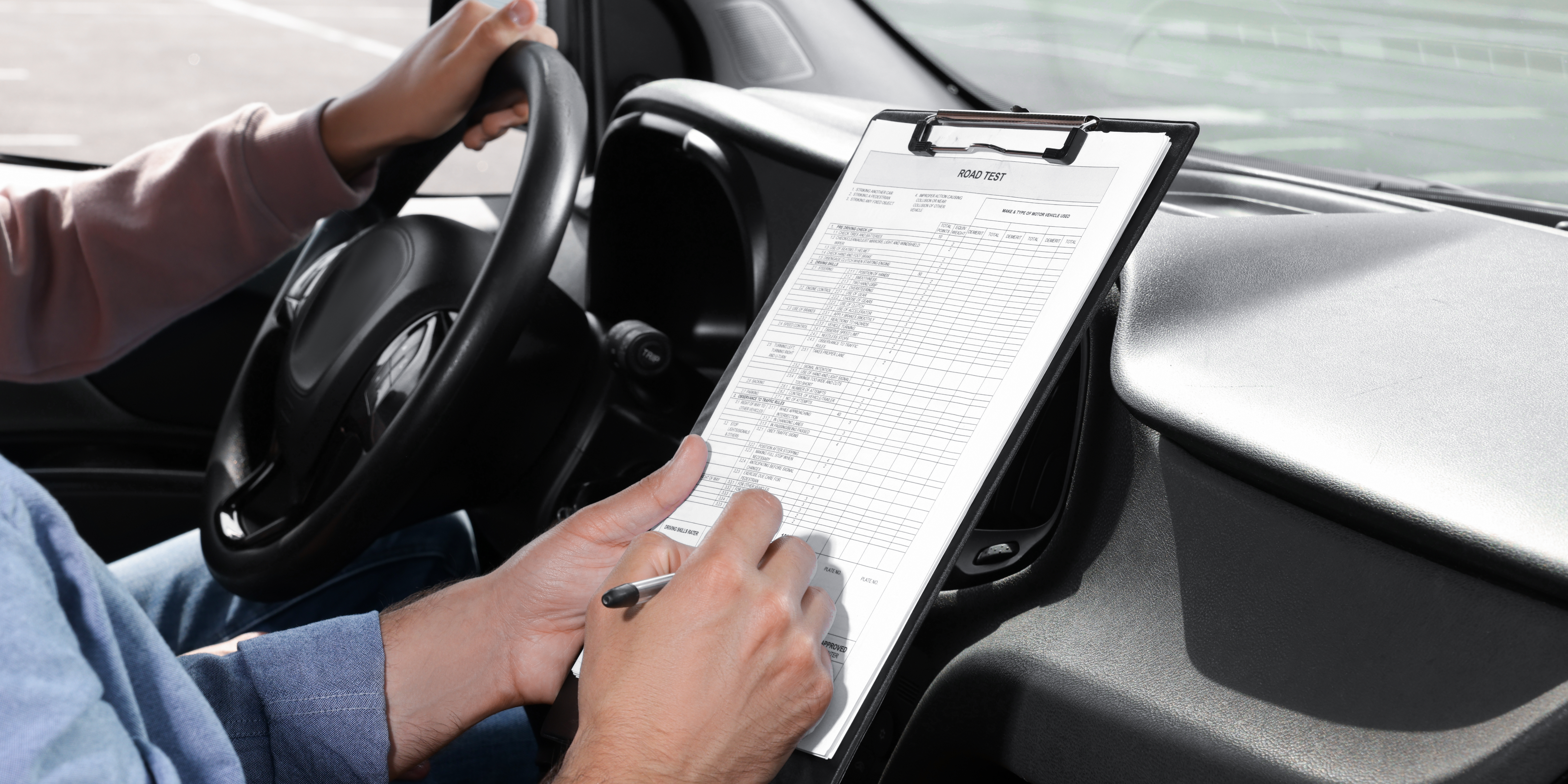Ontario, Canada, boasts some of the most picturesque landscapes and vibrant cities in the country. From the bustling streets of Toronto to the tranquil beauty of the Muskoka region, exploring Ontario by car offers a unique way to experience its diverse offerings. However, before you embark on your journey, it’s crucial to familiarize yourself with Ontario’s driving laws to ensure a safe and enjoyable experience on the road.
This blogpost examines the key driving laws every driver in Ontario should know.
- Speed Limits: Speed limits in Ontario are rigorously enforced to ensure road safety. Generally, the speed limits are as follows:
- Urban areas: 50 km/h (unless otherwise posted)
- Rural areas: 80 km/h to 100 km/h (depending on the road type)
- Highways: 100 km/h to 110 km/h (depending on the highway type)
It’s essential to adhere to these limits to avoid fines and ensure the safety of yourself and other road users.
- Seatbelt Laws: Wearing seatbelts is mandatory for all drivers and passengers in Ontario. Failure to do so can result in fines and demerit points on your license. Additionally, children must be properly secured in approved car seats or booster seats, depending on their age, height, and weight.
- Handheld Devices: Ontario has strict laws regarding the use of handheld devices while driving. Using a handheld device, such as a cellphone, is illegal while operating a vehicle. This includes talking on the phone, texting, emailing, or browsing the internet. To stay compliant, drivers must use hands-free devices or pull over safely to use their phones.
- Drinking and Driving: Driving under the influence of alcohol or drugs is a serious offense in Ontario. The legal blood alcohol concentration (BAC) limit for fully licensed drivers is 0.08%. For novice drivers and drivers under 21, the limit is zero. Penalties for impaired driving include license suspension, fines, and even imprisonment. It’s crucial to plan and arrange for a designated driver or alternative transportation if you plan to consume alcohol.
- Traffic Signals and Signs: Obeying traffic signals and signs is fundamental to safe driving. In Ontario, drivers must adhere to traffic signals, stop signs, yield signs, and other road signs indicating rules and regulations. Ignoring these signals can result in accidents, fines, and legal consequences.
- Right-of-Way Rules: Understanding right-of-way rules is essential for navigating intersections and ensuring smooth traffic flow. In Ontario, drivers must yield the right-of-way to pedestrians at crosswalks and intersections. Additionally, when approaching a four-way stop, the first vehicle has the right-of-way. If two vehicles arrive simultaneously, the one on the right has precedence.
- School Zones and Pedestrian Crossings: Exercise extra caution when driving in school zones and near pedestrian crossings. Reduced speed limits are often enforced in school zones to protect children, and failing to stop for pedestrians at crosswalks can result in hefty fines and demerit points.
- Winter Driving: Ontario’s winters can be harsh, with snow and ice creating hazardous driving conditions. It’s essential to prepare your vehicle for winter driving by installing snow tires, maintaining proper tire pressure, and keeping an emergency kit in your car. Additionally, reduce your speed and increase the following distance to account for slippery roads.
- Sharing the Road with Cyclists and Motorcycles: Ontario’s roads are shared by various modes of transportation, including cyclists and motorcyclists. Drivers must maintain a safe distance when passing cyclists and yield to them when making right turns. Similarly, be vigilant and check blind spots for motorcycles, especially during lane changes and turns.
Conclusion: Navigating Ontario’s roads requires adherence to a comprehensive set of driving laws and regulations aimed at ensuring safety for all road users. By familiarizing yourself with these laws and exercising caution and courtesy while driving, you can enjoy the beauty of Ontario while promoting road safety. Remember, responsible driving is not only a legal obligation but also a moral imperative to protect yourself and others on the road. So, before you hit the road in Ontario, make sure you’re well-versed in the driving laws to ensure a smooth and enjoyable journey.
Click here to view our different packages or click here to book your road test.
Lastly, our services are extended to Toronto, North York, Etobicoke, Scarborough, Vaughan and Brampton.



